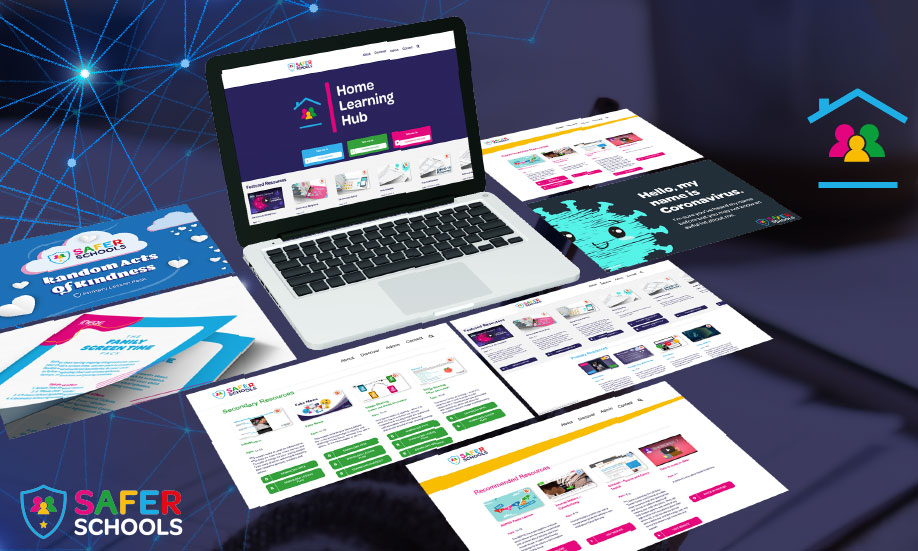When we think of dating apps like Tinder or platforms like eHarmony, we think about romantic experiences or funny dating disaster stories our friends have shared. What we don’t normally associate with dating platforms are children and young people.
Dating apps are designed for adults but online dating culture has steadily become normalised as the socially acceptable way to connect with and meet others. When young people use these platforms, this will cause concern for parents and safeguarding professionals.
These apps aren’t designed for children and young people, so there are limited safeguards in place to protect them. Children and young people frequenting these platforms may be exposed to age-inappropriate interactions and potential harm.
By understanding the functions of such apps and the attitudes, behaviours and culture that exist on some these platforms, you’ll be better able to support and protect those in your care.
This article explains the typical functions of dating apps, the risks and concerns, and how you can protect the children in your care with our top tips.

Risks and Areas of Concern
Some young people will believe they can use dating apps safely, however, there are a number of issues we’re concerned about.
1. Location
2. Linking to Other Accounts
3. Harmful / Inappropriate Interactions
4. Bullying, Exploitation and Extortion
Join our Safeguarding Hub Newsletter Network
Members of our network receive weekly updates on the trends, risks and threats to children and young people online.








